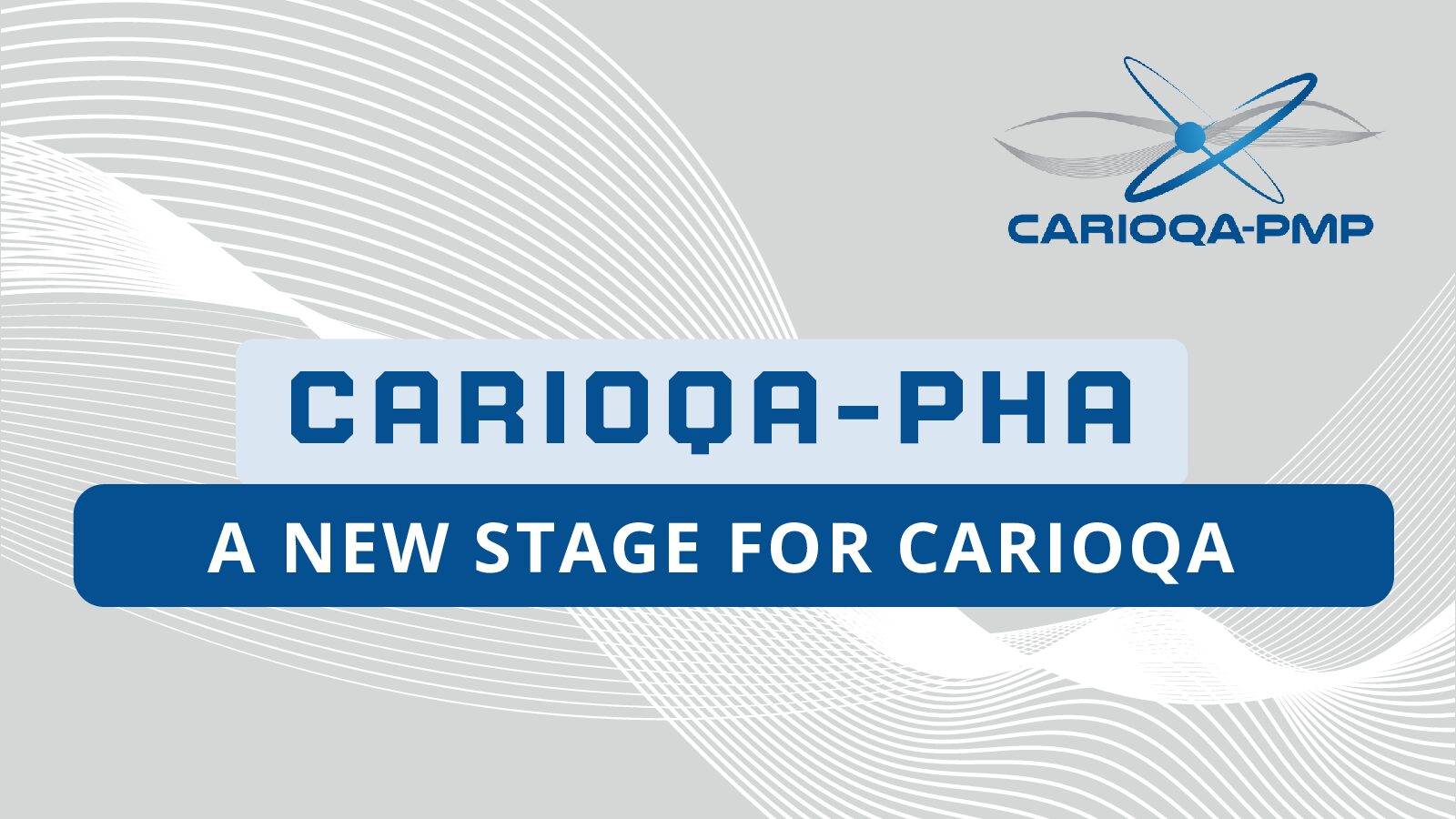On July 25, 2023, the European Commission selected the CARIOQA-PHA project as part of the Horizon Europe calls for tender on quantum technologies for space gravimetry. This project, coordinated by CNES, will lead to Phase A of the CARIOQA technology demonstration mission. The aim of this mission is to embark and test the first atomic accelerometer on board a satellite. This significant contribution will place Europe at the forefront of the development of quantum technologies for space.
Atomic accelerometers are a disruptive technology, and their implementation in space will enable a considerable improvement in performance over current electrostatic technologies. This will open up new prospects for geodesy missions (gravity field measurement, Earth’s energy balance, water cycle, seismic risk) or fundamental physics, for example. However, the spatialization of these sensors raises a number of questions, not only in terms of the technological maturity of the subsystems that make them up, but also in terms of their ability to deliver the expected measurement performance in flight. The realisation of the CARIOQA mission, which will test this technology in space, is therefore an essential step towards its use for very high-precision scientific measurements in space.
The CARIOQA-PHA (Cold Atom Rubidium Interferometer in Orbit for Quantum Accelerometry – PHase A) consortium, coordinated by CNES, will work on analyzing the feasibility of the mission. It brings together six partners from four EU countries, including two space agencies (CNES, DLR), industrial companies (ADS-F, ADS-G, GMV) and a public partner (FORTH-PRAXI).
What is an atomic accelerometer?
The emergence of technologies for cooling and manipulating atoms using lasers has led to the development of new types of measuring instruments. These so-called quantum sensors are based on ultra-precise measurement of the displacement of cold atoms in free fall inside a vacuum chamber. This technology makes it possible to measure gravity and acceleration on the ground to unprecedented levels of precision.
What are the potential applications in space?
The use of these sensors in microgravity offers a unique opportunity to improve their performance. Indeed, weightlessness makes it potentially possible to observe the movement of atoms for very long periods of time, making acceleration and gravity measurements all the more precise. Implementing this quantum technology in space will considerably enhance the performance of missions linked to the study of climate, through improved restitution of the Earth’s gravity field.
The CARIOQA project:
Despite recent developments in atomic accelerometers, their spatialization represents a real challenge, given the demanding performance requirements for space applications. Indeed, the operating regime of these inertial sensors is very different on the ground and in microgravity. It is therefore very difficult to test them under truly representative conditions.
The aim of the CARIOQA mission is to embark and test the first atomic accelerometer on board a satellite. This technology demonstration mission (commonly referred to as a “Pathfinder” in the space industry) will be a decisive step towards the spatialization of this technology. The realization of the CARIOQA mission is therefore an essential step towards the use of this technology for very high-precision scientific measurements.




